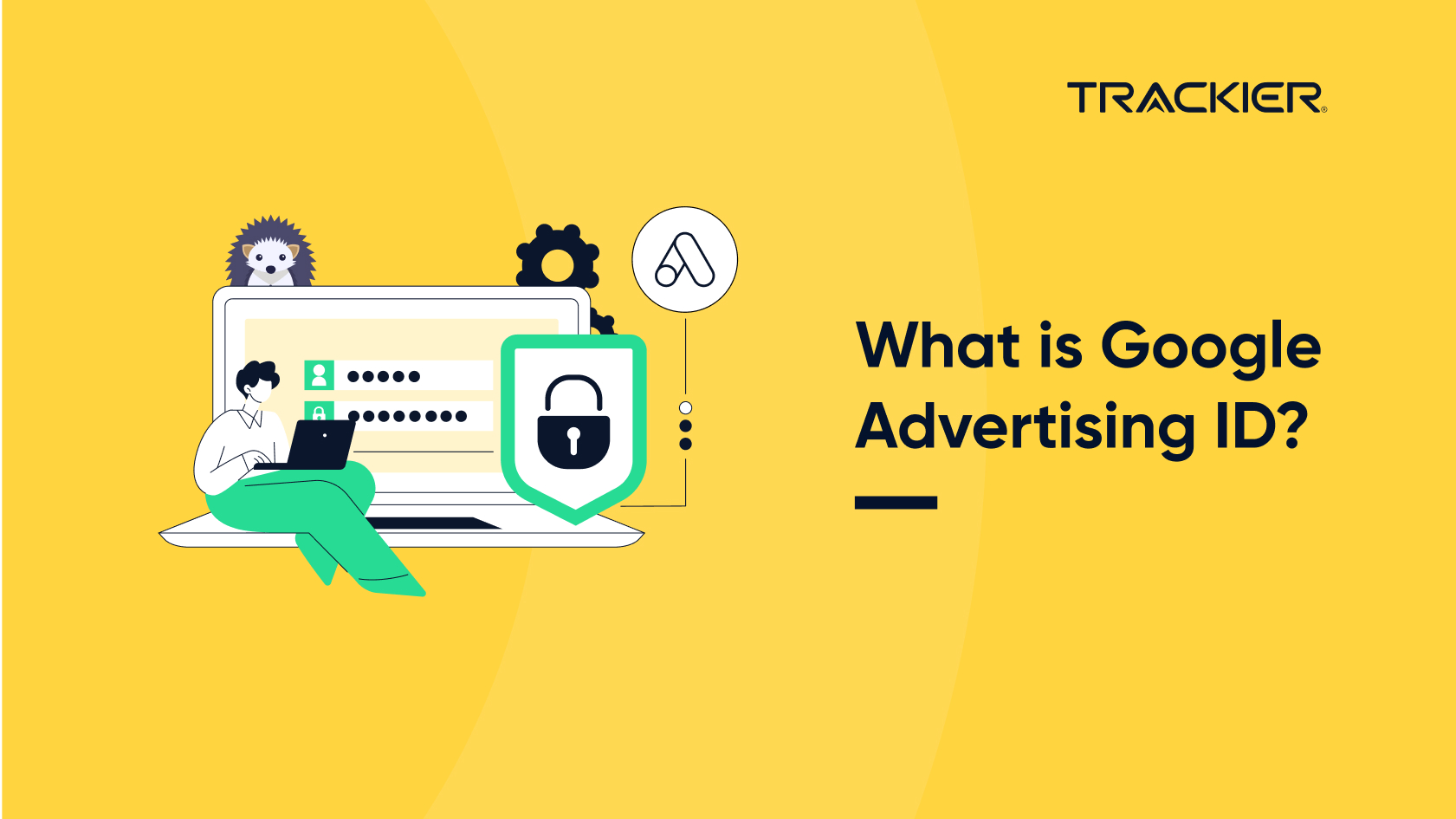The Google advertising ID is a device identifier which marketers can use to track the ad behavior of users anonymously on Android devices. Sometimes, this is referred to as the Android advertising ID, although the more frequently used term is Google advertising ID, short for GAID.
Think of the GAID or Android advertising ID as similar to the third-party cookie on the internet. Adverts have used third-party cookies that keep track of what the user of a specific web browser is doing concerning his/her adverts on several different websites. A similar functionality provided by Google is the Advertising ID, as this will alert an advertiser about how many times a particular ad was viewed or an app opened. Perhaps one of the most commonly recorded conversions in such a tool as the Google Advertising ID is app installations.
The GAID, or Google Advertising ID, has a long history.
Advertisers want to be able to link ad views to specific activities. Cookies provided that role in desktop web browsers before smartphones became the major mode of internet access. Advertisers might place a cookie on a webpage or in an ad and then track the efficacy of the ad. On the other hand, cookies fail miserably in this mobile world; they work within web browsers and not within mobile applications, and we spend most of our time using a mobile phone within an app, not a web browser.
Additionally, cookies have a very short lifespan… anything between one to thirty days. Therefore, the GAID, or Android advertising ID, replaced cookies in mobile advertising sent to Android smartphones, just like the IDFA did on iOS devices. Marketers use it to link anonymous app installations or purchases to specific users.
The benefit for advertisers with Google advertising IDs, unlike cookies, is that they are semi-permanent device identifiers that only change if the consumer makes a deliberate action in the settings of their Android device. Because very few customers do so (less than 5% in the United States), Android advertising IDs can form a more robust foundation for a permanent and anonymised consumer profile at least partially based on ad interaction data.
GAID and Privacy (and IDFA)
Consumer privacy is becoming increasingly important. Misuse of advertising IDs and trackers has caused significant problems, and regulations such as GDPR and the CCPA-the California Consumer Privacy Act limited how marketers may collect and use data. The big platforms, especially Apple, have acted to limit the amount of data that can be collected digitally from users.
To many people’s surprise, the IDFA and Android advertisement ID were privacy-oriented identifiers. In the case of Android, Android ID or ANDI and the case of iOS, Unique Device Identifier or UDID, both served to replace permanent device ID. Before Google invented the advertising ID, permanent and unchanged device ID allowed advertisers to follow activities on an Android phone. Because consumers could toggle off or vary the value of the Android advertising ID, this offered more choice and privacy on the part of the consumer over a permanent device ID.
This notwithstanding, the rise is becoming increasingly concerning because advertising identifiers such as GAID and IDFA have been seen to result in severe instances of privacy abuses. Due to these concerns, Apple has made IDFA opt-in while making SKAdNetwork available as a privacy-safe alternative. Google hasn’t indicated what it plans to do about the Android advertising ID, but the Google Play Install Referrer is one of many potential successor technologies already in place.
Using the Google Advertising ID (GAID)
When consumers take actions in response to ads, such as clicking on a banner in an app, watching a video in an app, or installing an app, ad networks can report information to the Android advertising ID about consumer activity. This is called attribution, and it assigns behaviors, such as conversions, to stimuli, such as ads.
Most media houses pass Android advertising IDs. Some media companies, including the most popular social media, do not pass device IDs to marketers but allow you to target specific IDs within their services. Trackier helps marketers to determine the effectiveness of their marketing and come up with an effective customer profile in a bid to know the target customers.
Trackier & GAID
Finally, using Android Advertising IDs and application attribution solutions provided by Trackier, marketers will be able to determine which of the advertisements, the creative campaigns or the media partners were responsible for their consumer conversions. With this data, they’ll be able to compute ROI for all the advertising methods and tailor the campaigns and advertisements to the most profitable tools.



